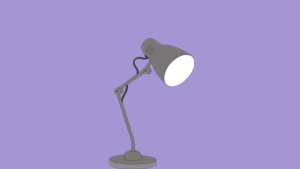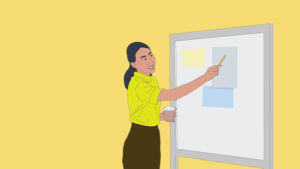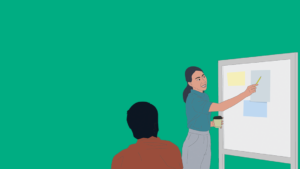
When is the right time to do service design?
Service design can deliver big impacts if done at the right phases of a project lifecycle. So how can you use it best?
It’s said that “timing is everything” – and that’s particularly true when it comes to service design.
Service designers find themselves working at different stages of a project lifecycle. Each stage requires a different approach as the deliverables and strategic focus of the project changes.
But is there a ‘right’ time to do service design? In this blog I’m going to talk about the role that service design can play at every stage of a project – and at what point you should get a service designer involved.
Let’s start at the beginning
Service design is typically started early on in a project. It’s not unusual to have a service designer involved in proposals and scoping, before a project even starts. It’s at this early stage that you can start building perspectives and thinking about approaches. It’s a chance to ‘frame’ the problem-space.
Using service design at this stage sets you up for the very best outcomes. It can capture every piece of the service, set an initial direction, and help you think outside of existing parameters, avoiding tunnel vision or ingrained thinking.
If you’ve already successfully implemented service design thinking in discovery, these phases should already be travelling in the right direction.
READ: What is service design – and how it can improve your product or service?
Service design in a discovery phase
If you’re not familiar with what discovery is, check GOV.UK’s phases of an agile project. Before you start building something, you need to understand the problem and all the different parts involved in solving it.
These foundational parts of a project typically define the overall scope, trajectories, and early trade-offs.
Service design in a discovery phase shapes and informs those conversions. It can help you:
- Clarify how value is defined. ‘Value’ can mean different things for different services – it could be time saved for one of the service staff, or the quality of service delivered to the end user. Service design clarifies what this value is and finds ways of making it tangible.
- Determine what the strategic target end-state is. Doing this can help teams understand the end goal as they build out a service. It can also give clarity on how the different parts might be interconnected.
- Understand what can change… and what cannot. By getting a clear view of what is achievable when you assess a service, you can make sure time is spent on the most valuable parts.
Thinking with your service design hat on during discovery also ensures that you’ll hear from a wide range of people involved in the service. It means that you won’t miss key insights from users, technical teams, backstage staff, or any others that may have influence or responsibility for delivering a part of the service.
Too often, a discovery can focus on only one part of a service, and fail to consider other areas that may impact – or be impacted by – what is being built. This can reduce the value of work done in later phases.
Service design in alpha and private beta
After discovery, the involvement of service design naturally decreases as the project moves through the later phases of delivery.
Alpha is where you try out different solutions to the problems you learnt about during discovery. It can involve prototyping and lightweight development. Private beta is where you take your best ideas from alpha and start building real services with a small subset of users.
While service design can still help at these stages, the value it brings in is more limited. The scope for change reduces – even in an agile project – as a lot has already been defined. With design work already underway, it can be a challenge to unpick parts. So rather than helping, other project members could see it as a bit of a hindrance.
If you’ve already successfully implemented service design in discovery, these phases should already be travelling in the right direction.
WATCH: How service design can help drive value in public sector projects
Service design in public beta and live
The public beta phase is where you take the service public and scale it up to whoever needs it. Live is when the full service is made publicly available.
When everything is already built, it becomes less about transformative change and more about supporting the service in a sustainable way. There is still benefit in assessing how the live service is performing against value measurements, but project work should be more about continuing to iterate and make improvements.
At this stage, a continuous improvement project would be better rather than a strict service design approach. As the service is now live, you may not be everyone’s favourite person if you walk in requesting transformational change so soon after launch. Instead, you’re better off starting a programme of incremental improvements – which might include lean techniques like eliminating waste or focusing on process improvements. Still, a service designer can help at this stage – for example to identify the parts of the service to focus your incremental improvements on.
So how do you get the most out of service design?
As I hope you’ve already gathered, the best time to do service design is either during the scoping and proposal stage or in discovery. An essential part of service design is taking the time to properly establish the problem, understanding the different parts of a service and figuring out what can be changed — and doing this can be inherently challenging if not done at the very beginning of a project.
-

How Zaizi’s user-centred approach won the trust of border officers
-

Does the state need to be more like a start up?
-

Transformation Day – How do you fit a square peg in a round hole?
-

Service assessments: A welcome update – for government, and for suppliers
-

Uninterrupted access: The importance of offline capabilities to critical public sector services
-

Agile government: Delivering high quality outcomes with tiny teams
